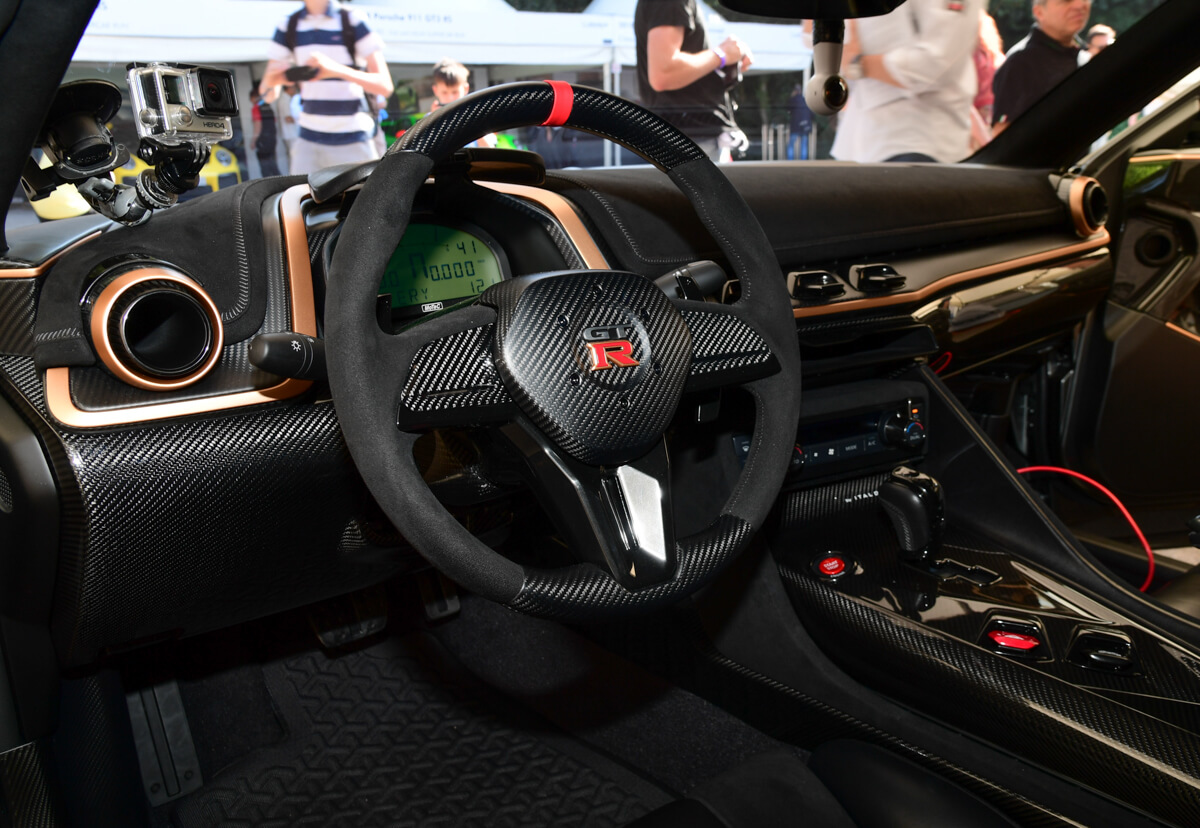Ladies and gentlemen, I present Isamu Yamamoto:
AKA wwwwwww ???
Raising a family in Thailand // Documenting Issan food, culture, music, and people

Ladies and gentlemen, I present Isamu Yamamoto:
AKA wwwwwww ???
Spirytus Rektyfikowany is in high demand in Japan where it’s being used as an alternative to rubbing alcohol. This is the stuff we were known for using in our serious cocktails at both Rumours and Bill’s Bar in Nara.

Green Gaijin, anyone?
This guy’s photos are so good, they don’t look like photos.
Amazing!
this one, too:
of course, i’m so old, i think the last notable osaka rap was this:
which led to this:
but kinda all started with this:
平成から令和になる前の20時頃、戎橋から道頓堀川へダイブしようと思ったけど船に落下した瞬間の動画らしい… pic.twitter.com/O9O1mz9eH2
— こな (@aaosaka90) May 1, 2019
Alt. view:
道頓堀、令和カウントダウン飛び込みダイブで事故発生。
— iva (@sui_uj) April 30, 2019
危険ですのでやめましょう。 pic.twitter.com/zahGn8Tz4s
Apparently he just walked off when the boat docked.
That’s the Ebisubashi bridge (Nampabashi/Hikkakebashi) under the famous Glico neon sign, where I spent approximately 0.004% of my total time in Japan. If I remember correctly, that was just enough time for me or my friends to throw someone else off that bridge… Was it me? I was pretty OK at drunk judo… Was it Dave? Was it on TV? For the life of me, I can’t even remember the name of the guy we threw off… I remember he was a real ass, though.

Still one of my favorite Japanese game show clips!
I don’t know why this video was so enthralling after a long day at work, but I couldn’t stop watching.
Dear Nissan,
Now that you have ousted Carlos-sama, can you please stop making horrendous cars?
For example, no Skyline is worth a million dollars. Period. But this isn’t even trying:



Now, it’s rumored that you gangstabbed your Caesar in the back because he wanted to fully merge Nissan and Renault, but really, at this point you need to look at Renault’s current product lineup compared to yours. Although many Renault products look quirky, they are at least generically modern, while Nissan’s look like they were designed in North Korea:

It’s not necessary for you to compete with everybody on all fronts, but please, stop making ugly-ass cars. Please go back to your roots.



Road & Track published their first cool story online, maybe ever: The Glorious Madness of Japanese Dodge Van Racing
If I were still in Japan, I might be into that… Different and kinda expensive, but not overly weird. Then again, I think about my homie that drove around a Suburban and was constantly getting stuck parking spaces, narrow streets, and once, even a car wash, and it might give me pause. Still… Those oversize Watas are pretty awesome.
Check out the drifting from around 9:10!